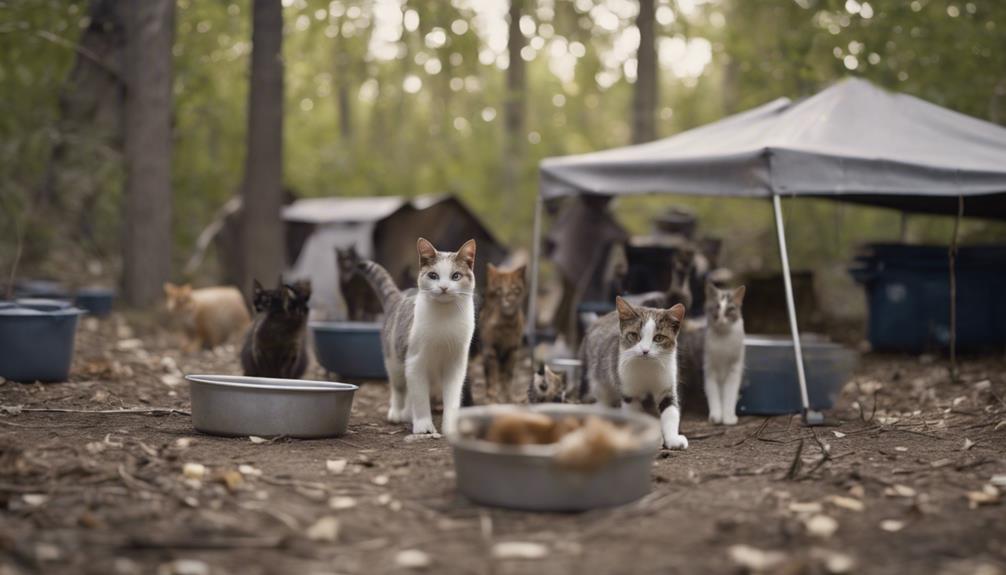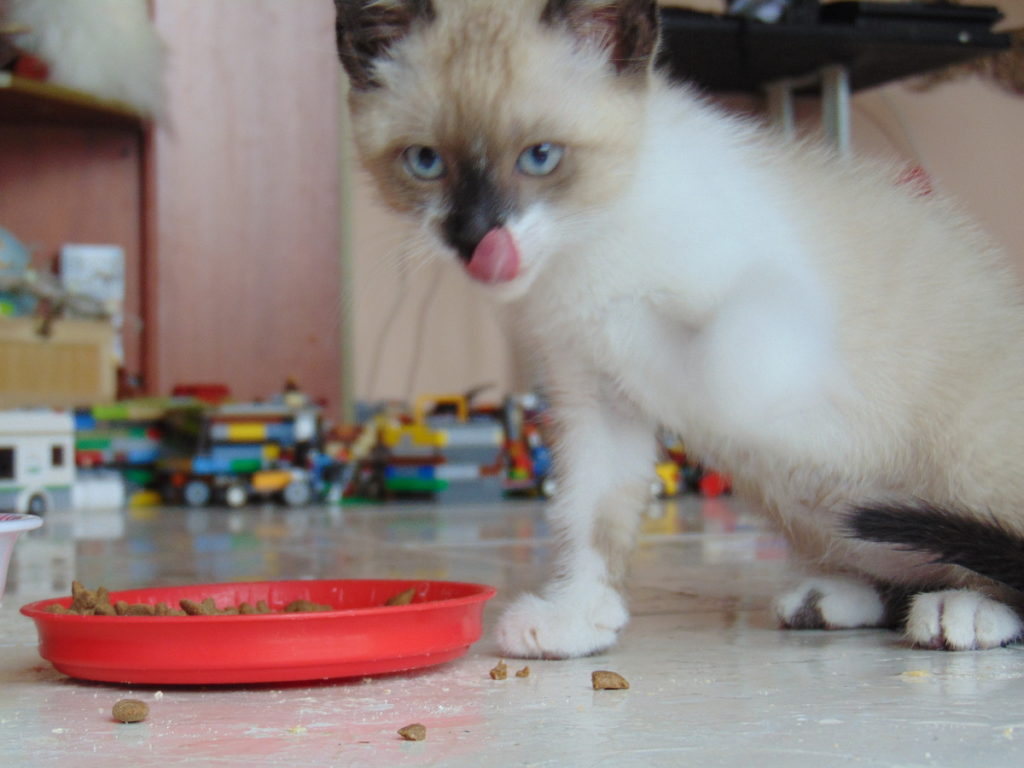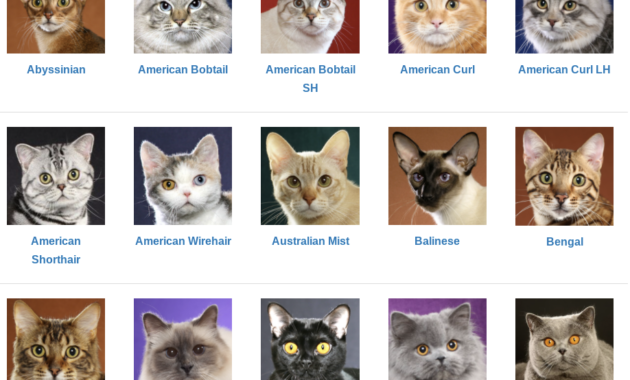Understanding the distinction between feral and stray cats is pivotal in addressing the complexities of feline welfare.
Feral cats, shaped by their autonomous instincts and lack of human socialization, present a unique set of challenges that differ from their stray counterparts.
Unraveling the intricate behaviors and survival strategies of feral cats sheds light on the necessity of tailored care approaches.
By exploring the nuances between these feline groups, a deeper comprehension emerges, unveiling the critical role of community support and informed decision-making in safeguarding the well-being of these enigmatic creatures.
Key Takeaways
- Feral cats are unaccustomed to human socialization, displaying fear and avoiding contact.
- Stray cats, unlike ferals, are lost or abandoned domestic cats with varying social behaviors.
- Taming feral cats requires patience, food incentives, and early intervention for kittens.
- Spaying, neutering, and educating on feral cat care are essential for population control and well-being.
Feral Cats Behavior and Socialization
Feral cats exhibit distinct behavior patterns due to their lack of human socialization, making taming and socialization a challenging but rewarding process. These cats are typically fearful of humans, often avoiding contact and remaining elusive. Their behavior stems from a lack of early socialization, leading to a deep-rooted wariness of people.
Taming feral cats involves patience, consistency, and understanding their unique needs. Food can be a powerful tool in building trust and forming positive associations. While some feral cats may never fully adjust to indoor life, with time and dedication, many can learn to trust humans and enjoy companionship.
Taming feral cats not only improves their quality of life but also helps control feral cat populations and reduce their impact on the environment.
Stray Vs. Feral Cats: Key Differences
When distinguishing between stray and feral cats, it is essential to understand the key behavioral disparities that differentiate these two categories of free-roaming felines.
Stray cats are typically lost or abandoned domestic cats that may still be socialized to some extent, comfortable around humans, and may approach for food or attention.
In contrast, feral cats are unaccustomed to human interaction and exhibit fearful behavior towards humans. They avoid human contact, often only coming out for food and maintaining a distance.
Feral cats are not likely to be easily integrated into a household setting due to their lack of socialization and deep-rooted fear of humans.
Understanding these differences is crucial for effective management and care of stray and feral cat populations.
Taming and Socializing Feral Cats

Understanding the behavioral disparities between stray and feral cats is crucial when considering the taming and socialization of free-roaming felines. Taming a feral cat requires patience and time as they are not accustomed to human interaction. Food can be a key tool in socializing feral cats, helping to build trust and association.
Early intervention is essential, especially with feral kittens, to increase the chances of successful socialization. However, it is important to recognize that some feral cats may never fully acclimate to human companionship due to their deeply ingrained fear. Patience, consistent care, and understanding are paramount in the process of taming and socializing feral cats.
Community Support for Feral Cats
Community support plays a crucial role in providing assistance to feral cats in need. Establishing community-driven initiatives like Trap-Neuter-Return (TNR) programs can effectively manage feral cat populations by preventing further breeding and improving their overall well-being. These programs rely heavily on volunteers who help trap feral cats, take them to veterinary clinics for spaying or neutering, and then return them to their colonies.
Additionally, community members can provide food, water, and shelter to feral cat colonies, ensuring their basic needs are met. Collaboration with local animal shelters and rescue organizations can also help in providing medical care and finding homes for socialized feral cats, ultimately reducing the number of feral cats on the streets.
Additional Resources for Feral Cats

As community efforts continue to play a vital role in supporting feral cats through initiatives like Trap-Neuter-Return programs, it is essential to explore additional resources available for addressing the needs of these feline populations.
Additional Resources for Feral Cats:
- Feral Cat Shelters: Dedicated shelters provide safe spaces for feral cats, offering food, water, and shelter, and sometimes medical care.
- Community Cat Caretaker Programs: Programs that train and support individuals willing to care for feral cat colonies by providing food, water, and monitoring their health.
- Feral Cat Adoption Programs: Initiatives that work to socialize feral cats for potential adoption into homes, helping them transition from outdoor to indoor living environments.
Conclusion
In conclusion, distinguishing between feral and stray cats is crucial for effective management and care. Understanding the behaviors and socialization differences between these two groups can inform targeted strategies for their welfare.
One interesting statistic is that approximately 70 million feral cats are estimated to roam the United States, highlighting the significance of addressing their needs and implementing supportive measures in communities.




